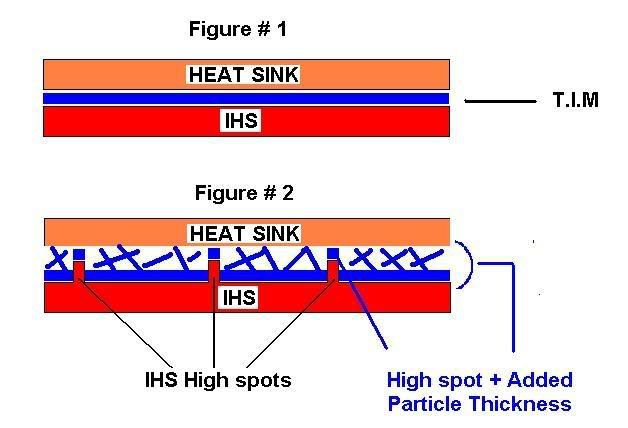It helps to be among the more paranoid when testing just about anything, you test from any vantage point forward and backward, upside down and Sundays, high resolution is critical as well as a keen eye for observation, varying test parameters to get details to emerge that can be leveraged to your advantage.
I have had moments in fan design when I thought I had made breakthroughs only to find out the airflow chamber under certain conditions created a recirculating flow that screwed up the measurement or when measuring fan noise a sound wave bounce off the floor at 1 meter intersected with the wave straight from the source creating a noise cancellation effect. Best to be a little humble and and a little nervous for the serious testing.
As noted before before the closer you get to optimum the more unstable things become. For example take a 25 cm high bar that is 4cm on a side and stand it upright on a perfectly level surface plate,reasonably stable at this point. Now reduce the the 4 cm dim to 2 cm or one cm or perhaps a 1/2 cm as some point other factors become critical,, a low or high spot on the plate, perhaps only a few millionths of an inch cause it to become unstable and fall over,vibration from a passing car or a
foot step or an immeasurable incline in the setup can cause failure to stand.
These PC platforms have all kinds of tolerance issues, Stacked mechanical tolerances probably of +/- .005 on each piece of mounting hardware, board thickness, unbalanced mounts, board flex etc.
I think a liberal view would be to say most here measured within +/- 2 C on their ambient maybe +/- 1 C on their thermal sensors along with factors of fan speed, air recirculation, amount of compound used, contact, pressure with software variables, age of compounds, cleanliness of the setup...
So no one test is perfect as in this format I can say things like 80% saw an average improvement of X y or z it balances out with a 95% confidence.
When I test competitors compounds I never average multiple tests as I think it introduces a bias on my part, I always take the better number for comparison because it usually means I have it working as it should and not at some lessor number where I had an error in the setup.
IC Perihelion - I am struggling with a bit, on the last German giveaway in which I had no forum participation we had approx 90 returns and was only on average 1 C off the IC Diamond averages although we 17 no results for the Perihelion out of the 90 whereas for IC Diamond we only had 1 no result out of 126 tests. The Perihelion even with the high no result number was second only to IC Diamond. From my own tests I know it,s a great compeitor.
While measured viscosity is exactly the same as IC Diamond and the chemical make up is nearly identical except for aluminum oxide over diamond it's physical characteristics are different and responds better under better contact and pressure. It may be that another application method would be better although I would hate to have to resort to something like a spatula type spreading.
What's interesting from a marketing point is that some make a rough equivalent argument of a couple of C between compounds or cost savings yet most here expressed little interest in it and in countries where per capita is only $3,000 a year and IC Diamond 24 is offered for purchase in 10 easy payments
it still sells better than the Perihelion in retail and at nearly the same volumes that I get out of equivalent US or Euro online retail stores although Perihelion is twice IC Diamond sale in those repair and SI markets.
One thing I have learnt so far in carrying out the testing is that the experimental results to some extent betray your preconceived idea of how the results will turn out even if they contain some form of human error.
I always learn something from these tests
7mm - probably need less when pressure increases




 .
. 








